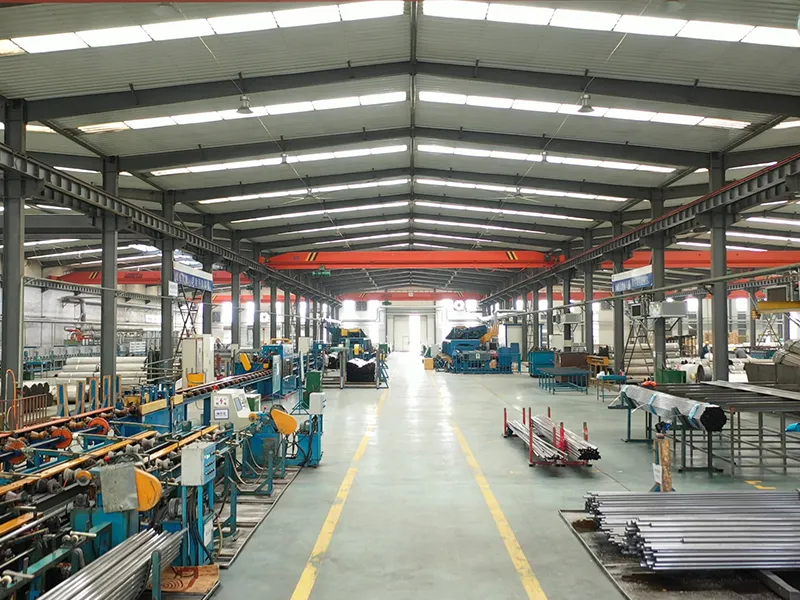
The Role of Plastic Parts in Automotive Interior Design
In the automotive industry, the interior is as crucial as the exterior when it comes to driving comfort, safety, and aesthetics. Among various materials used for constructing vehicle interiors, plastics have emerged as a dominant choice for manufacturers. The use of automotive interior plastic parts has transformed both the functionality and design of vehicles, providing considerable benefits in terms of weight reduction, cost efficiency, and design flexibility.
Advantages of Plastic in Automotive Interiors
One of the most significant advantages of plastic parts in automotive interiors is their lightweight nature. Cars are increasingly designed to be more fuel-efficient, and reducing weight is a key factor in achieving this goal. Traditional materials like metals and woods are gradually being replaced by plastics, which often weigh significantly less without compromising strength. This weight reduction not only helps manufacturers meet fuel efficiency standards but also enhances vehicle performance.
Another advantage is the versatility of plastic. The automotive interior is a complex space that consists of various components such as dashboards, door panels, center consoles, and trim pieces. Plastics can be easily molded into intricate shapes and designed in a wide variety of colors and textures, allowing for innovative designs that resonate with consumers' tastes. Manufacturers can offer customizations that cater to different markets, making vehicles more appealing to a diverse customer base.
Cost Efficiency
The cost-effectiveness of producing plastic parts is another reason for their widespread use in automotive interiors. The production processes for plastic parts, such as injection molding, are often less expensive than those used for metals or glass. Moreover, plastics can be produced in large quantities with minimal waste, further driving down costs. This financial advantage translates into lower production costs for car manufacturers, which can ultimately benefit consumers through more affordable vehicle pricing.
Environmental Considerations

While there have been concerns about the environmental impact of plastics, the automotive industry is actively working on sustainable solutions. Many manufacturers are now focused on developing biodegradable plastics and recycling programs. For instance, some vehicles are incorporating recycled plastics into their interiors, reducing the demand for new raw materials and contributing to a circular economy. As regulations regarding environmental sustainability tighten, the automotive industry’s shift towards eco-friendliness positions it favorably in a changing market landscape.
Safety and Durability
Safety is paramount in the automotive sector, and interior plastic parts have continually evolved to enhance vehicle safety. Modern plastics are engineered to absorb impacts and reduce the risk of injury in the event of a collision. Additionally, advancements in technology have led to the development of high-strength plastics that can withstand harsh environmental conditions, including extreme temperatures and UV exposure. This durability ensures that the appearance and functionality of automotive interiors remain intact over time, reducing the need for replacements and repairs.
Future Trends
Looking ahead, several trends in automotive interior design will further bolster the role of plastic components. One notable trend is the integration of technology within the interior space. As vehicles increasingly adopt smart technologies, including touchscreens and infotainment systems, the demand for plastic housing and components that can accommodate these innovations is expected to rise. Furthermore, the evolution of electric vehicles is likely to influence interior design, creating new opportunities for lightweight, sustainable plastic applications.
Conclusion
In summary, automotive interior plastic parts play a critical role in modern vehicle design and manufacturing. Their lightweight nature, cost efficiency, versatility, and safety features make them an ideal choice for creating functional and aesthetically pleasing interiors. The automotive industry’s commitment to sustainability and innovation continues to drive advancements in plastic materials and production techniques, ensuring that plastic remains a vital component of automotive interiors for years to come. As consumer preferences evolve and technological innovations emerge, the future of automotive interior design will undoubtedly see even more exciting developments centered around plastic parts.